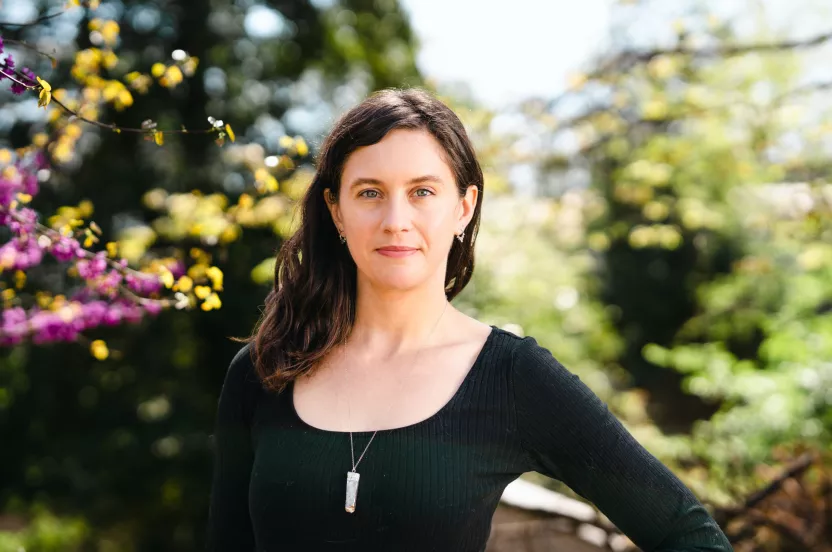Give before midnight on July 31 to double your impact where trees need us most. CHOOSE A PROJECT
Biological diversity is essential to the health and wellness of our planet and all the plants, animals, and humans who share it. Ecosystems with higher levels of biodiversity have superior air and water quality, are more resistant to drought and disease, produce higher food-yields, and even contribute to the development of new and improved medicines.
Thanks to harmful activities like habitat encroachment, resource exploitation, and various forms of pollution, humans are putting key ecosystems under increased stress and damaging their ability to support sufficient biodiversity. It’s important that governments, organizations, and individuals prioritize biodiversity when considering their sustainability efforts, and begin to allocate the resources and attention necessary to prevent and reverse damage.
A Resource At Risk
Forest biomass comprises roughly 80% of the Earth's total biomass, providing habitat, food, and a variety of other biological services to an enormous range of flora and fauna. With forests today making up less than 30% of the world’s land surface, and with an estimated 38,000sq miles lost each year, this critical resource is at significant risk.
With proper planning, resources, and strategy, forestry management and restoration efforts can increase biodiversity in a given ecosystem by 15-84% compared to unrestored areas. For humans, the importance of these efforts is even more clear when economic ramifications are considered: biodiversity contributes to an estimated $166 – $490 billion in commercial productivity each year — greater than the total cost of global conservation efforts.
Photo Credit: Land Life
Resilience in Variety
One way that the Arbor Day Foundation integrates biodiversity into its work is by considering the variety of tree species that are planted. While not always necessary, reforestation projects that offer an assortment of mixed and native species tend to better fortify the natural structure of a forest and increase the likelihood of future plant succession. In 2022, the Foundation partnered to plant a mix of pine, oak, hickory, and other tree species that are native to Kentucky’s Ataya and Robinson Forests within the Cumberland Plateau region. This area consists of former surface mine lands that have been invaded by non-native plant species, posing risk to the ecosystem’s health and potential longevity.
Projects like Cumberland Plateau bolster forest resiliency by mitigating the potential impact of future disasters like fires, storms, disease, and infestation, thereby protecting the health and continued function of area ecosystems. Additionally, biodiversity among tree species in forests helps fortify endemic wildlife habitat by providing a larger assortment of ground cover and food sources.
Supporting Other Species
Evaluating the potential implications and benefits on other plant and wildlife species is another method the Foundation uses to improve biodiversity through strategic tree planting projects. Since 2020, the Arbor Day Foundation and corporate partner L’Oreal have been working together to plant trees within the monarch butterfly migration corridor of Mexico’s Michoacán Mountains, helping restore migratory buffer zones and preserving the breeding ground for one of North America’s most iconic pollinators. Historic deforestation, logging, and various wildfires have taken out approximately 25% of this confined habitat, posing a major threat to the many plant species that rely on the Monarch’s pollination processes. Supporting the prosperity of major pollinators and their habitats ensures that the interconnectivity of key ecosystems remains resilient to external threats like climate change.
By any measure, the success of our global ecosystems is deeply connected to the prosperity of trees and forests, so prioritizing them as sustainability initiatives and goals are identified is well within our best interest as environmental stewards.
Photo Credit: Land Life
Tree Biodiversity in Communities
Trees are the most familiar, visible, and impactful environmental assets within our community spaces. They beautify our neighborhoods, mitigate flooding, provide habitat to local animal species, and even help reduce energy bills by shading our homes. Trees also act to improve our air and water quality by capturing pollutants and diverting stormwater runoff. Securing biodiversity among our urban and surrounding community forests is paramount to the continuation of these and other benefits that trees provide.
Currently, invasive species like the Emerald Ash Borer have killed hundreds of millions of trees throughout North America, leaving many once thriving community tree canopies decimated due to a lack of biodiversity. Furthermore, poor city design has led to increases in energy use, harmful emissions, urban heat islands, interference with natural growth cycles, and damaged animal habitats, all of which further degrade biodiversity. Together with our network of local planting organizations, Alliance for Community Trees, the Arbor Day Foundation is working to support hundreds of projects that increase biodiversity among urban canopies and educate residents on the benefits of trees in the cities, towns, and neighborhoods that need them most.
Whether in vast tropical forests or on a local side street, the connection between trees and biodiversity is as unmistakably important as it is fragile. By taking steps to support and restore tree populations now, we can do our part in the fight to maintain a biodiverse and resilient planet for all.






